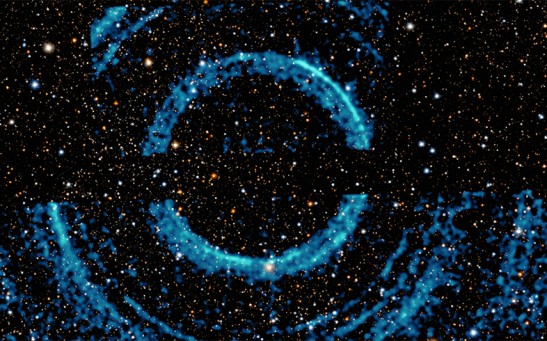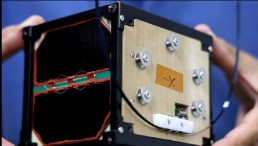space
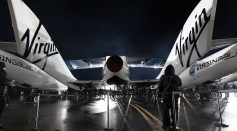
Richard Branson’s Virgin Galactic Space Ticket Cost: Price Increased to $450,000 Compared to Amount 600 Customers Reserved

Solar Storms Mystery Finally Solved: Simulation Model to Predict Space Weather, Geomagnetic Storms Developed
NASA Wants to Study Beyond Moon's Rock Surface: How Pieces of Fragments Bubbled From Deeper Lunar Layers
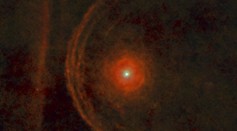
Betelgeuse's Great Dimming: Did a Dark Star-Spot Cause the Supergiant Star's Temperature Drop?
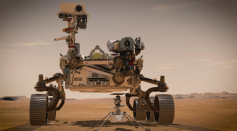
NASA's Mars Ingenuity Rover About to Drill Rock As Ingenuity Helicopter Notches 11th Flight
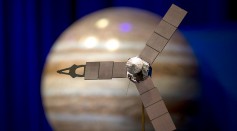
NASA's Juno Celebrates 10th Year in Space! How Jupiter's Probe Studied the Planet, Took Photos of Moon Ganymede
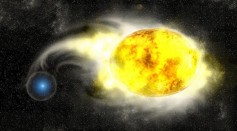
Supernova Shrapnel Star Running Away from the Galaxy, 2M Miles Per Hour
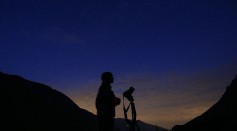
Dancing Ghosts: Astronomers Found Strange Clouds Dancing in the Universe
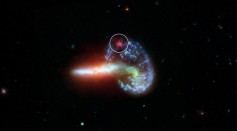
Hubble, Spitzer Space Telescope Detect Hidden Supernova
Blob: Brainless Single-Cell Slime Mold Sent to Space to be Observed in Microgravity

Jeff Bezos' Blue Origin Says Elon Musk's SpaceX Starship is ‘Immensely Complex, High Risk’
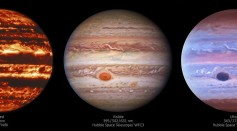
Big Jupiter Energy Solved: Why These 'Surfing' Ions in The Atmosphere Make Spectacular Light Show
US Tracking and Data Relay Satellite: SpaceLink To Improve International Space Station Comms
Star Moving at Lighting Speed Spotted; Scientists Say It's So Fast That It Nearly Leaves the Galaxy at 2 Million Miles an Hour
Most Popular

Nikolay Karpenko Biography, Photo, Career, Accomplishments

How Technology Is Changing the Real Estate Industry?

Newly Discovered Mammal 'Heleocola piceanus' Was a Swamp Dweller Coexisting With Dinosaurs

The Ultimate Guide to John Deere Z425 Oil Capacity and Maintenance

